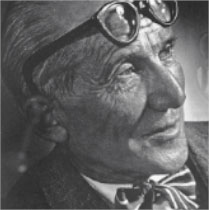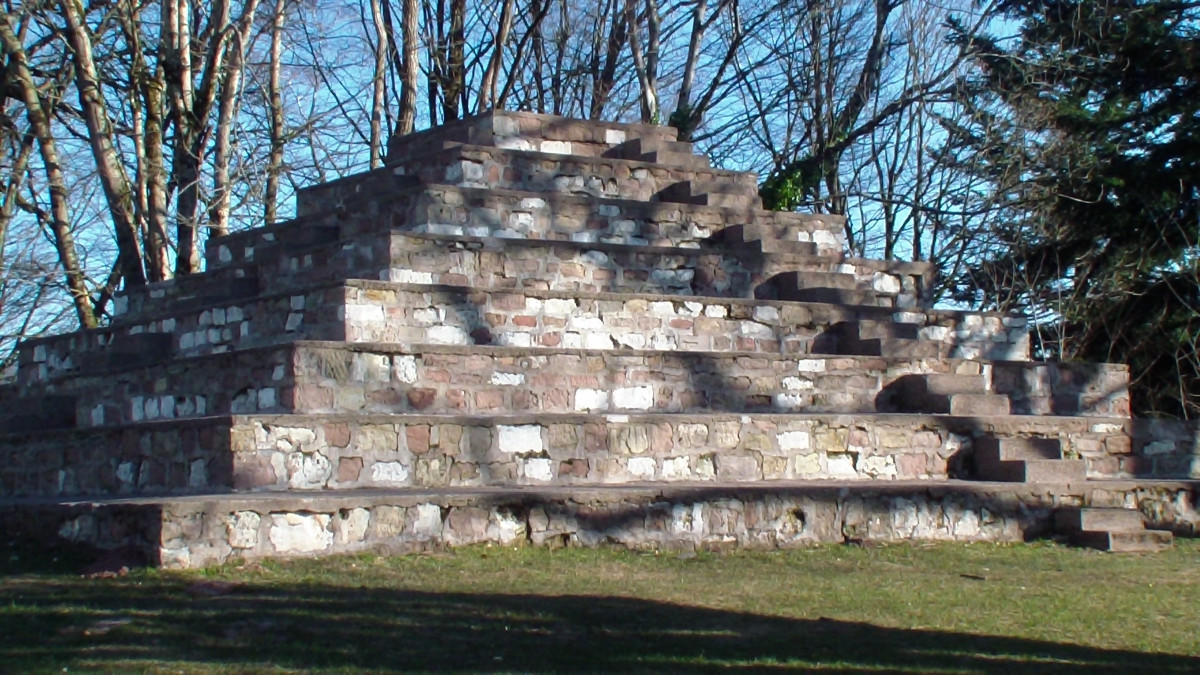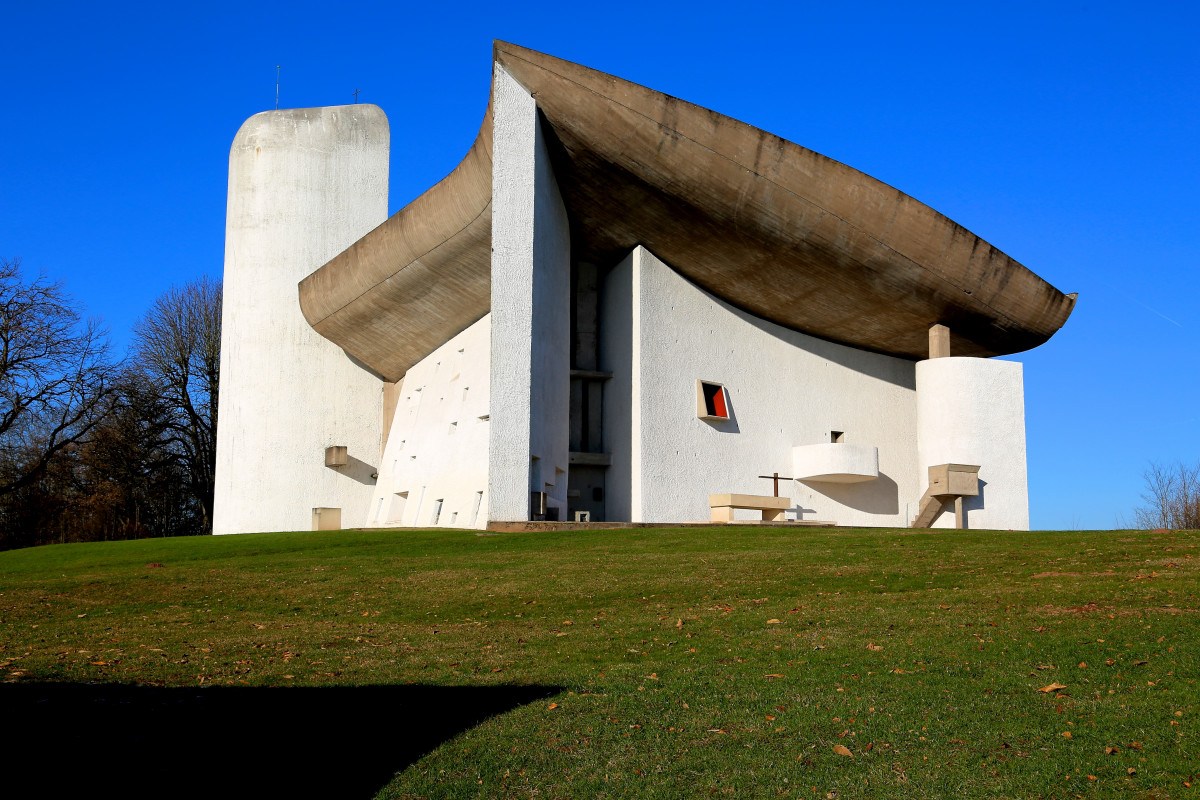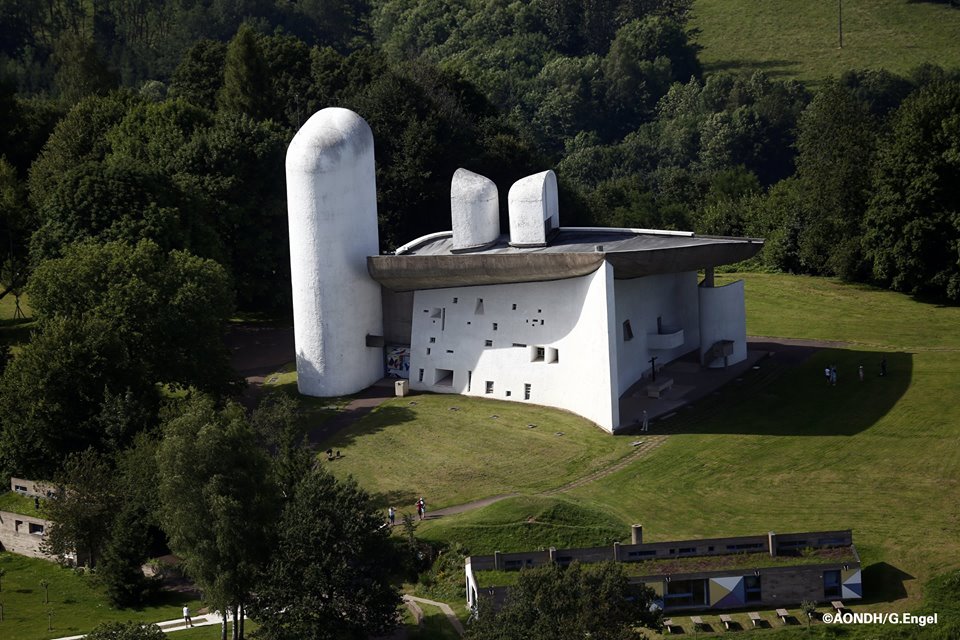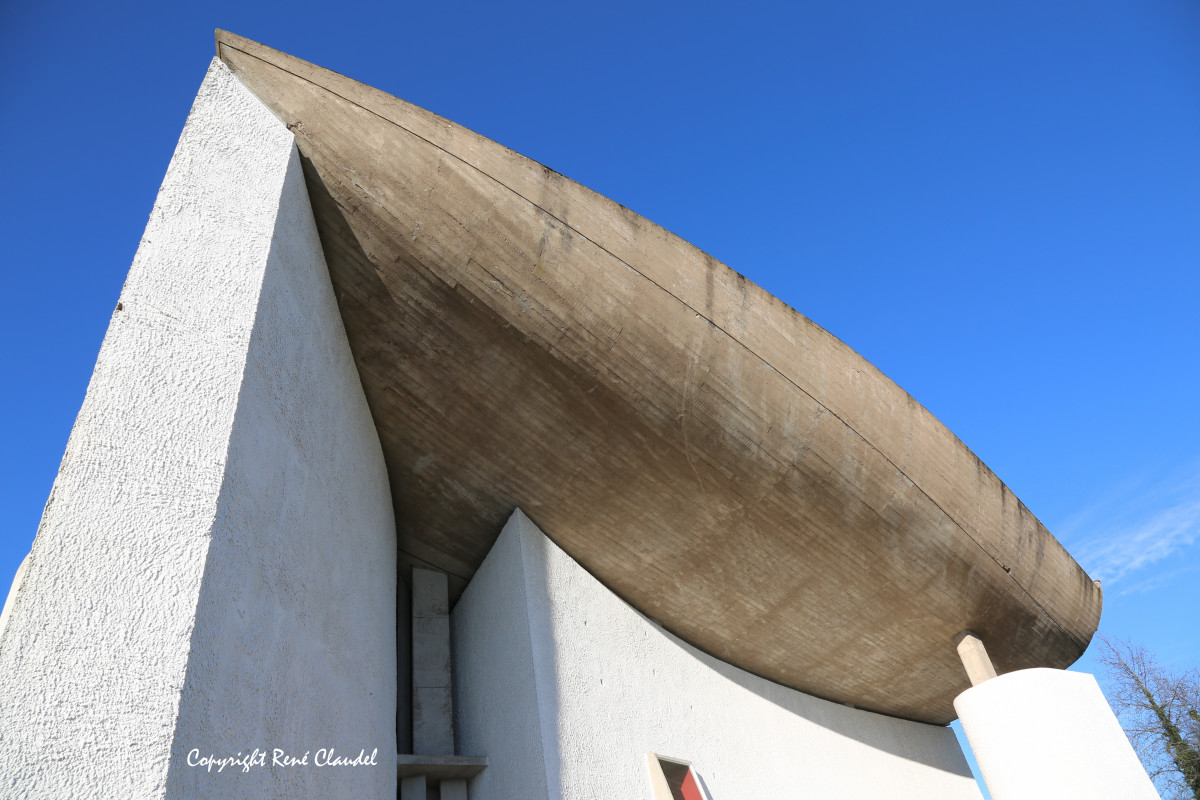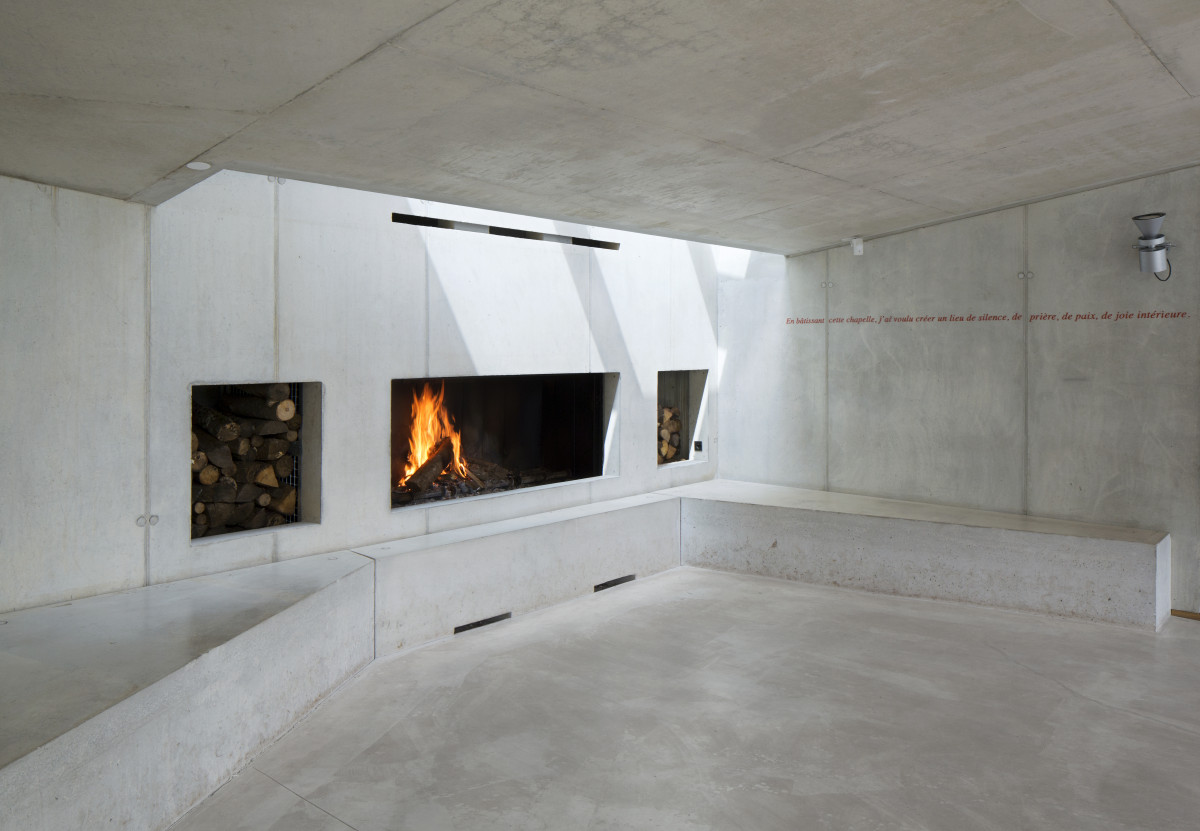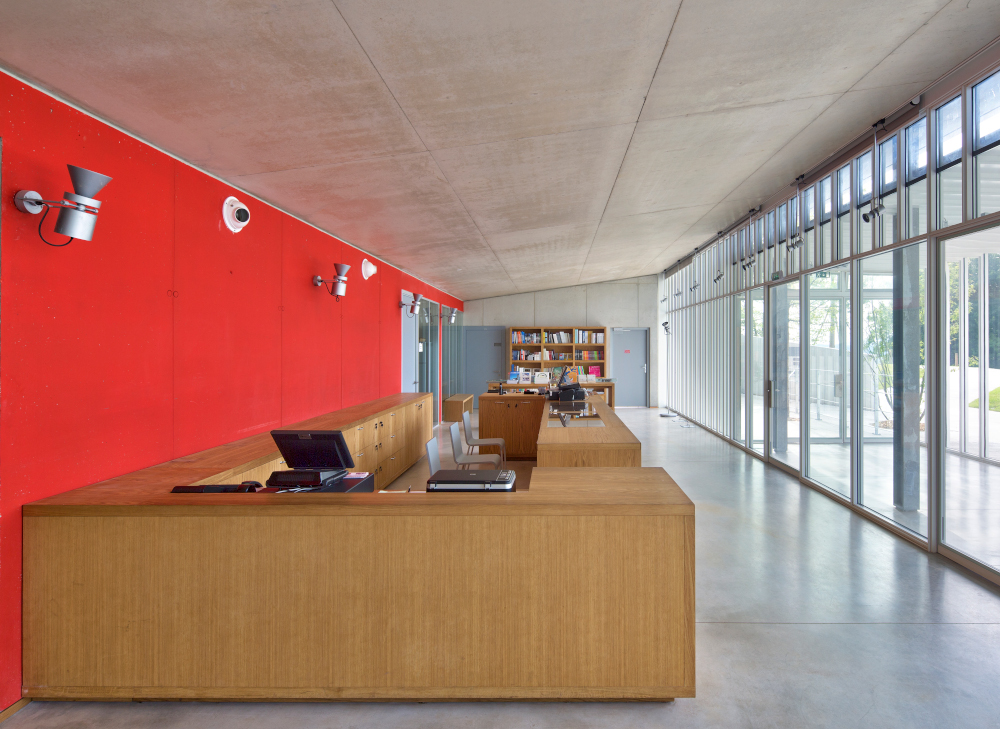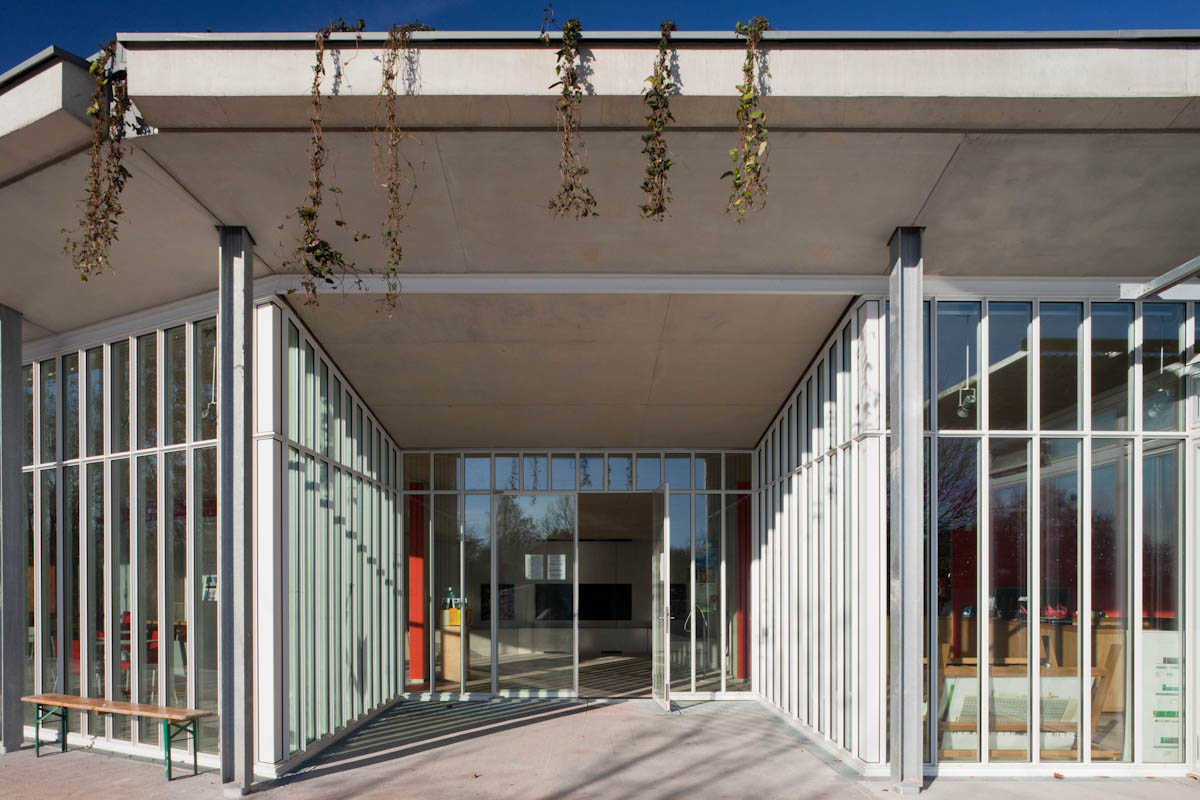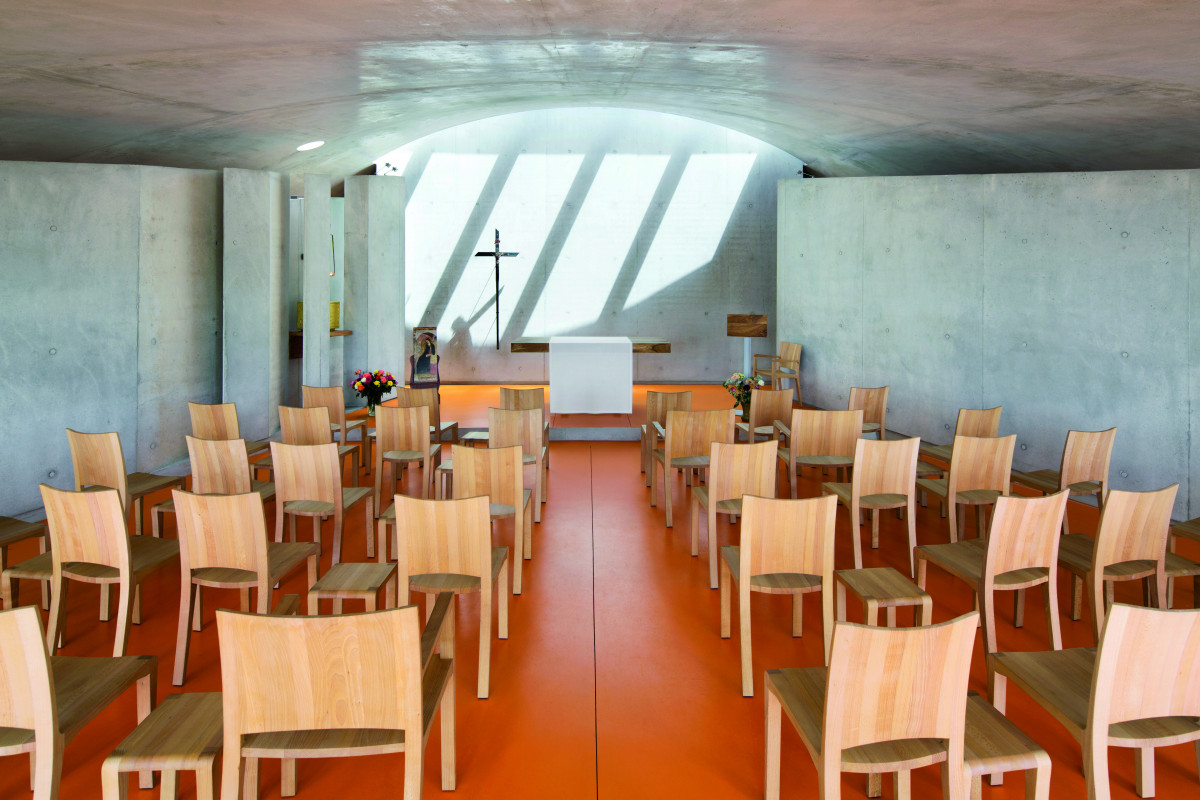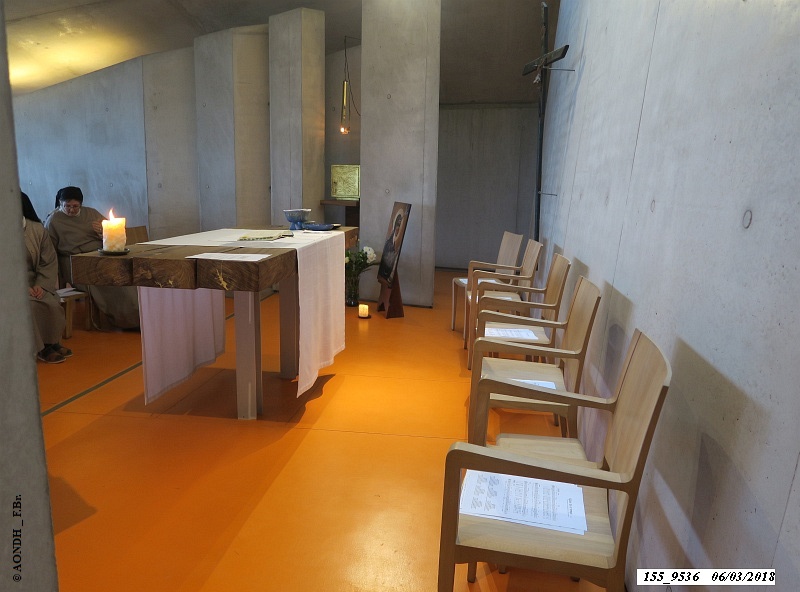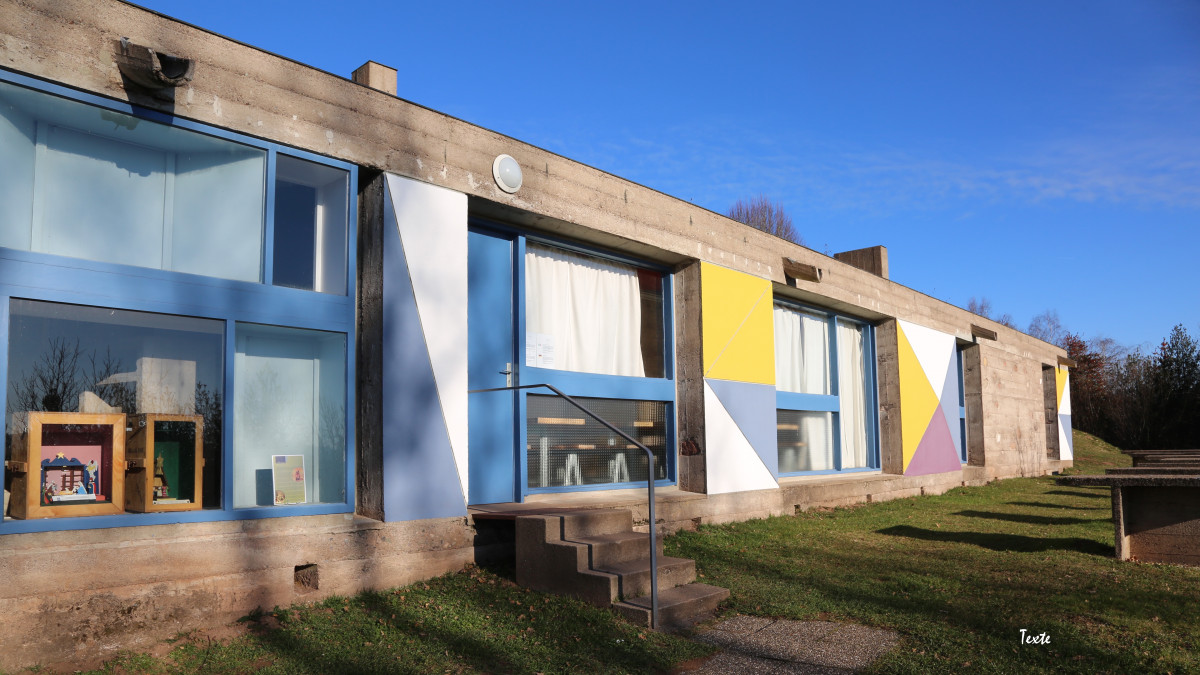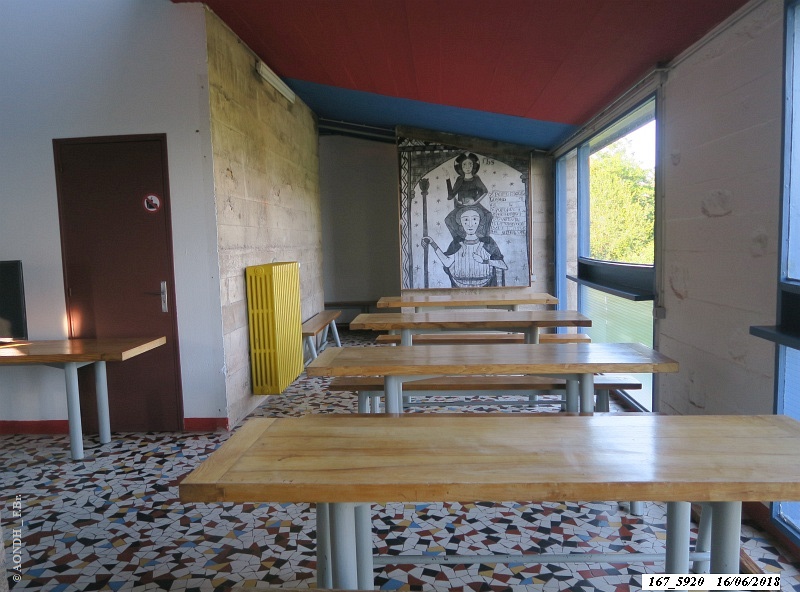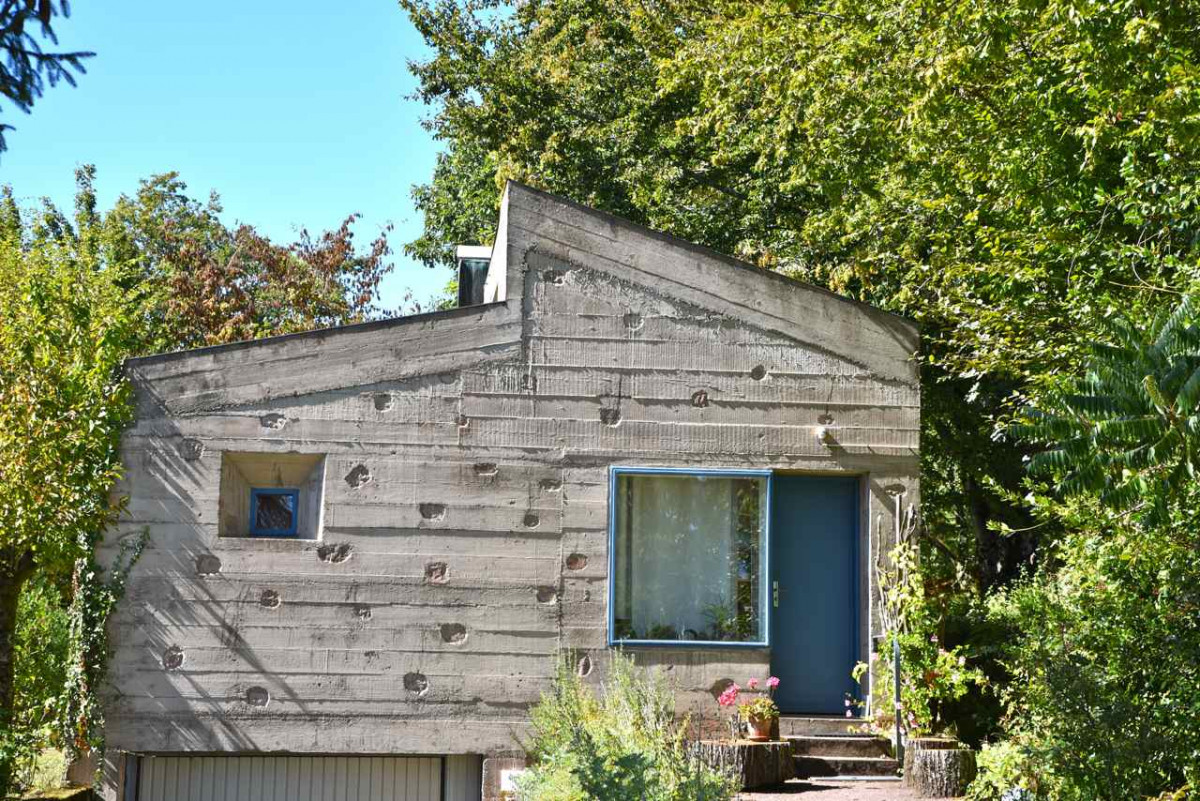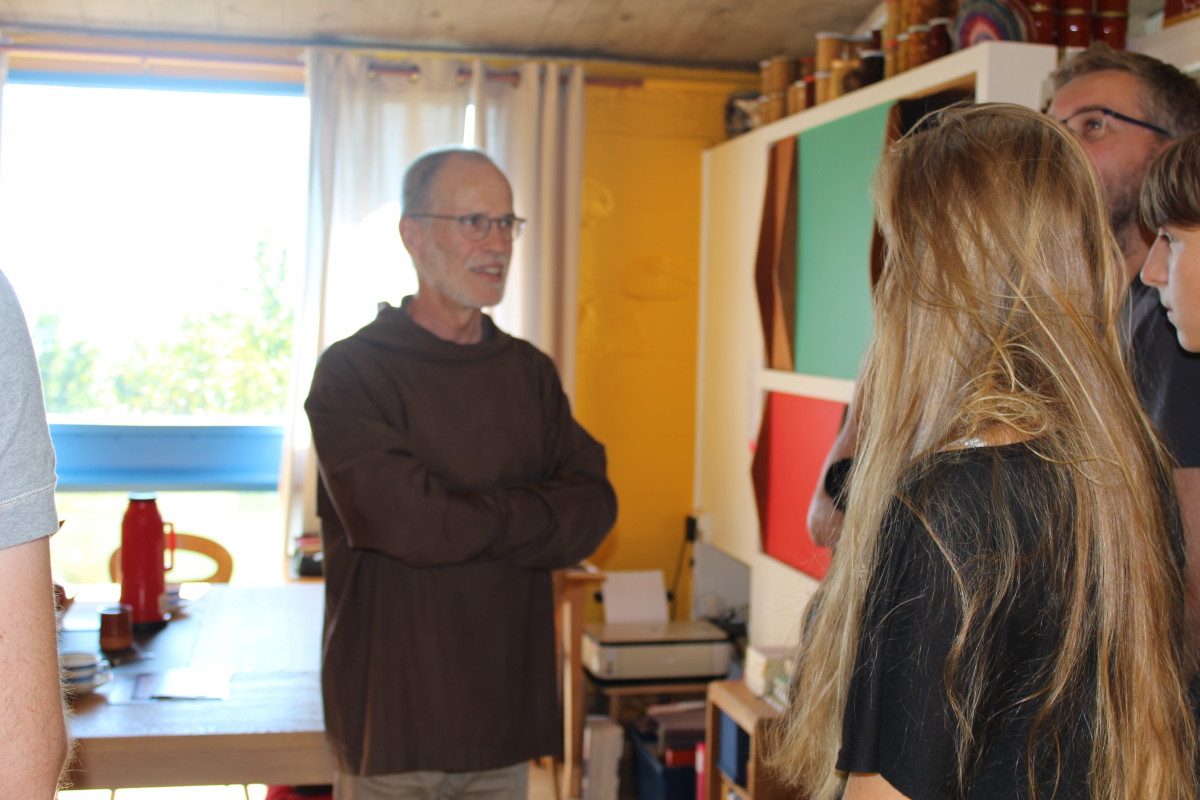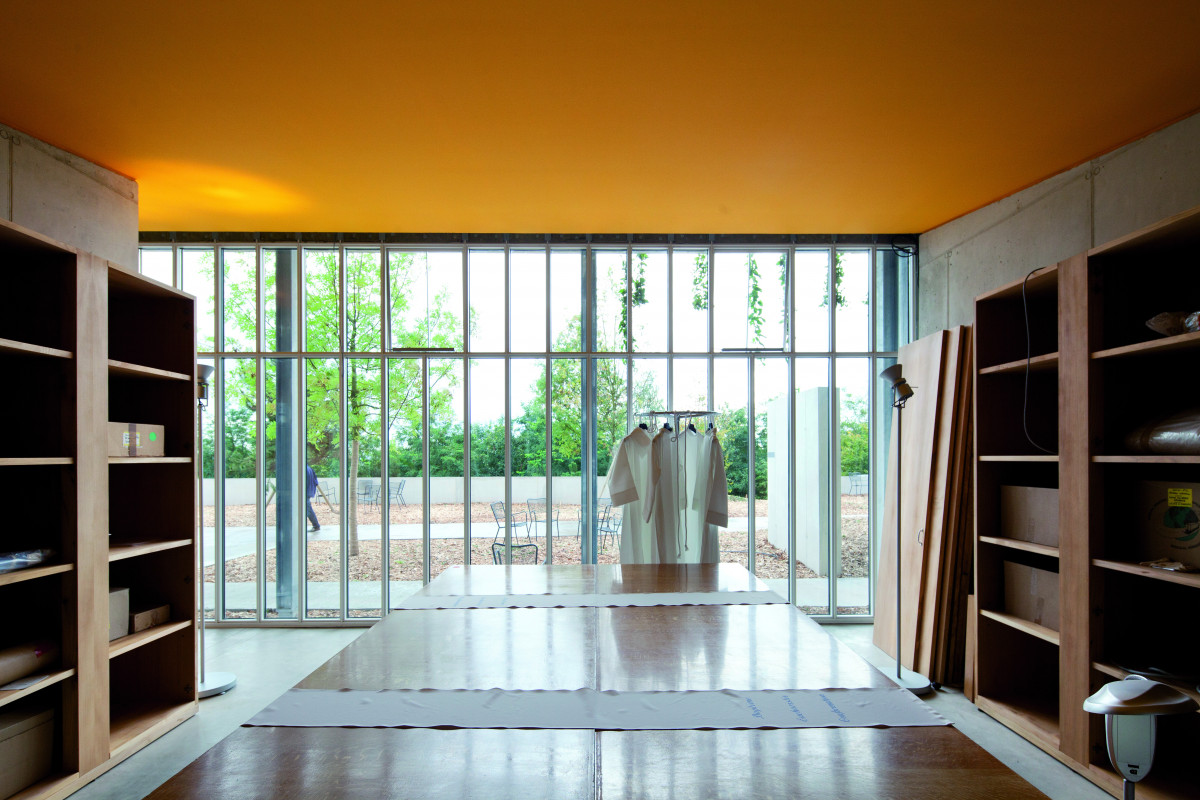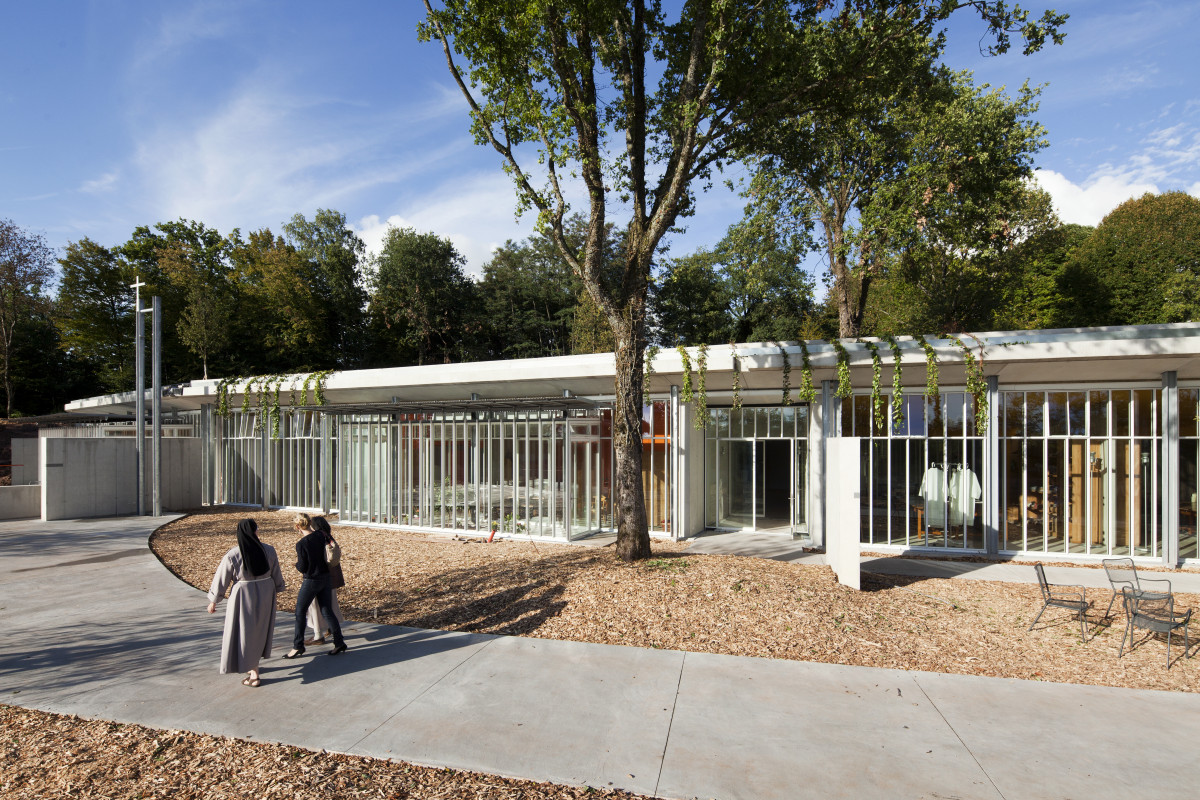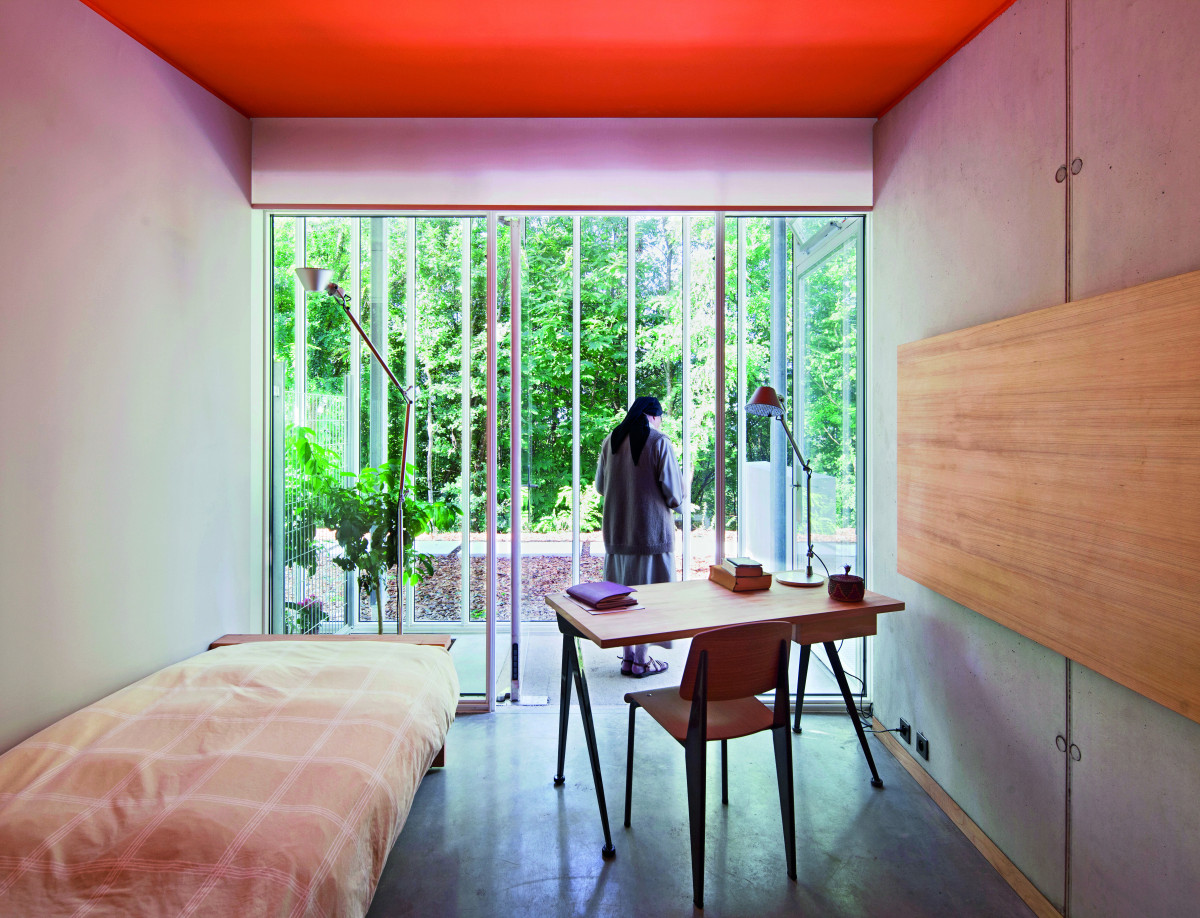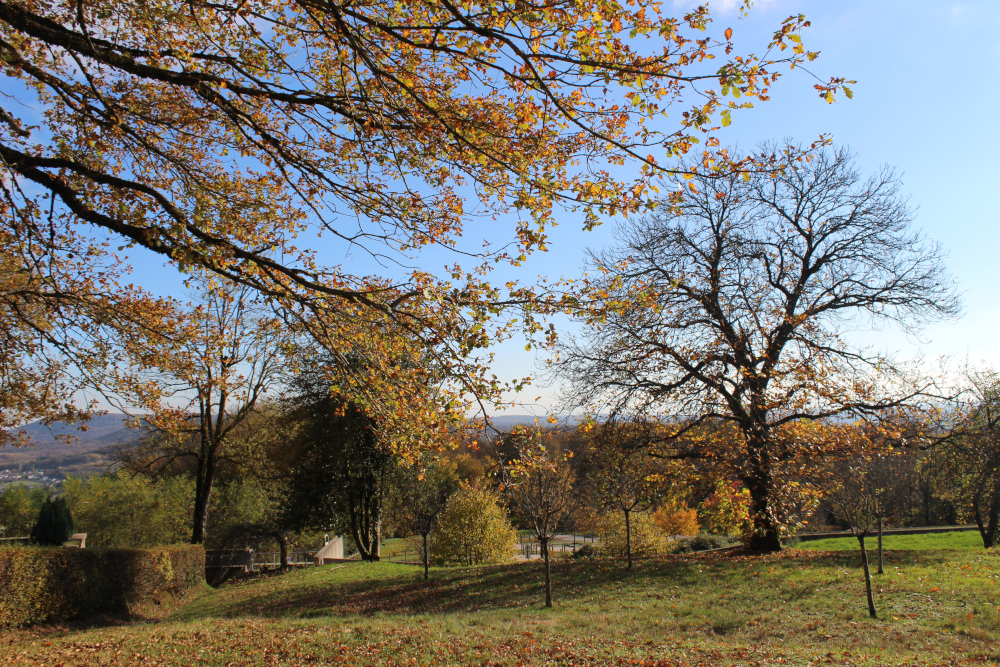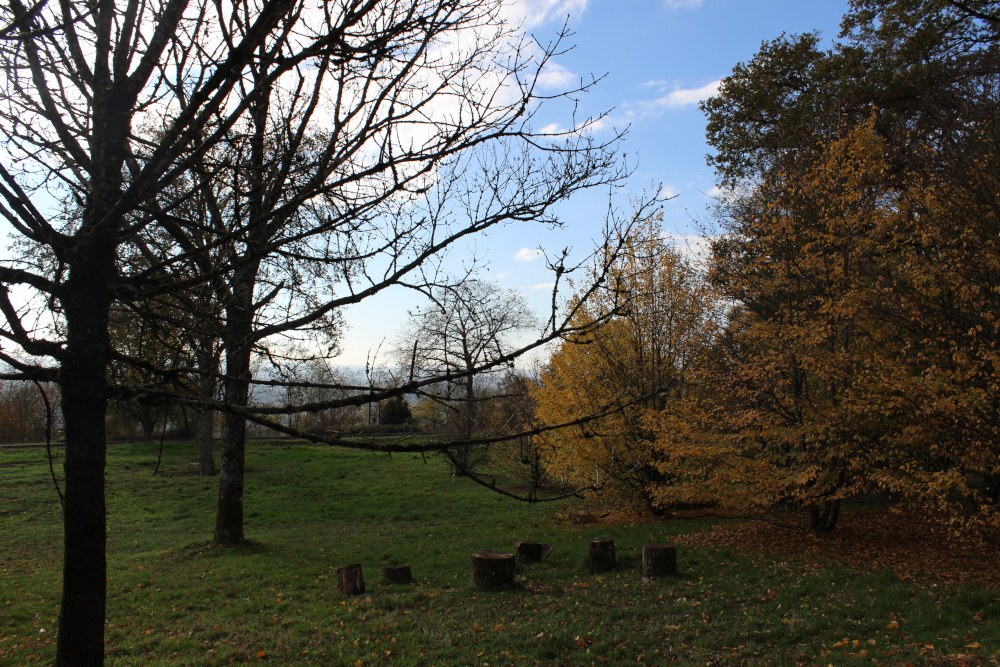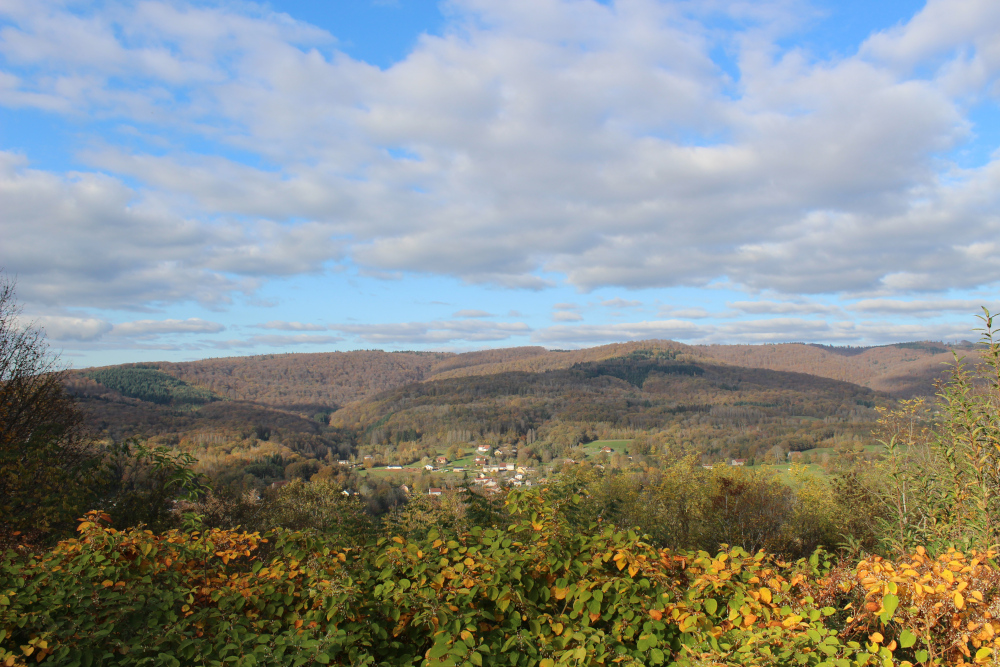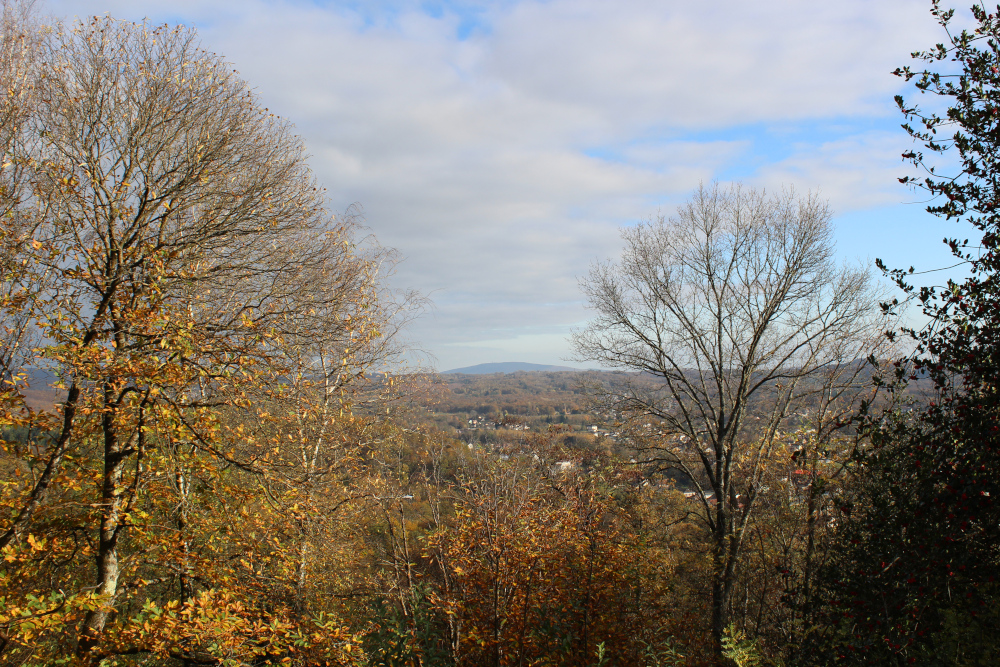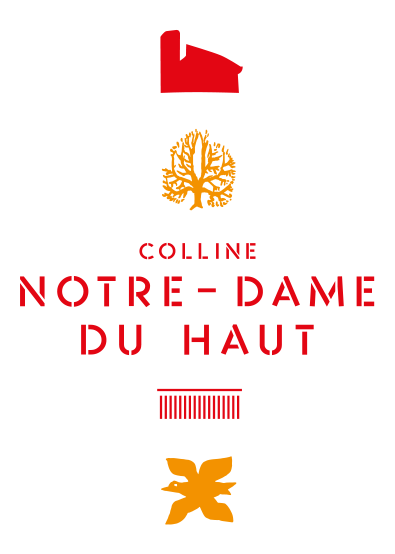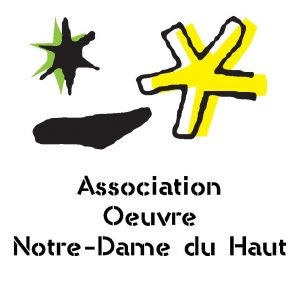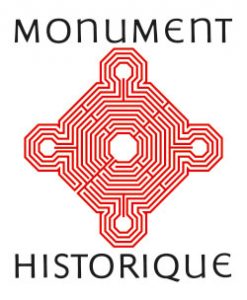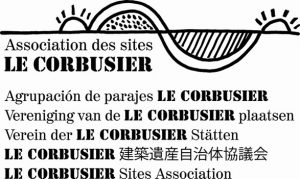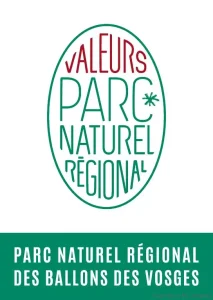The Hill of Notre-Dame du Haut, in the Southern part of the Vosges Mountains.
a major spiritual and architectural site
a unique experience in this exceptional place
The Hill of Notre-Dame du Haut, in the Southern part of the Vosges Mountains.
a major spiritual and architectural site
a unique experience in this exceptional place
DISCOVER
THE HILL IN Ronchamp
Welcome to Ronchamp. The Hill of Notre-Dame du Haut is a major spiritual and architectural site. It nestles in the Southern part of the Vosges Mountains.
The Hill of Notre-Dame du Haut, situated in Ronchamp (Franche-Comté), in the Southern part of the Regional Natural Park of the Ballons des Vosges, is an outstanding historical, artistic and spiritual place.
Le Corbusier built a Chapel there in 1955. Jean Prouvé created a campanile in the 1970’s and recently, in 2011, Renzo Piano worked on the Hill. This is how this harmonious group of buildings was born. It is composed of St-Clare’s monastery, La Porterie, the campanile and the Chapel of Notre-Dame du Haut. The Chapel is an iconic building and it was inscribed with 16 others buildings by Le Corbusier on UNESCO’s World Heritage List in July 2016.
Different cultural events take place on the Hill all the year long.
Today, the Hill of Notre-Dame du Haut is visited by 65,000 people coming from all over the world each year.
The scaffolding has been removed, the chapel of le corbusier in Ronchamp is restored!
Scaffolding has been removed from the chapel of Le corbusier in Ronchamp: It is now restored and free of scaffolding (except for the red chapel which will be painted in the coming days).
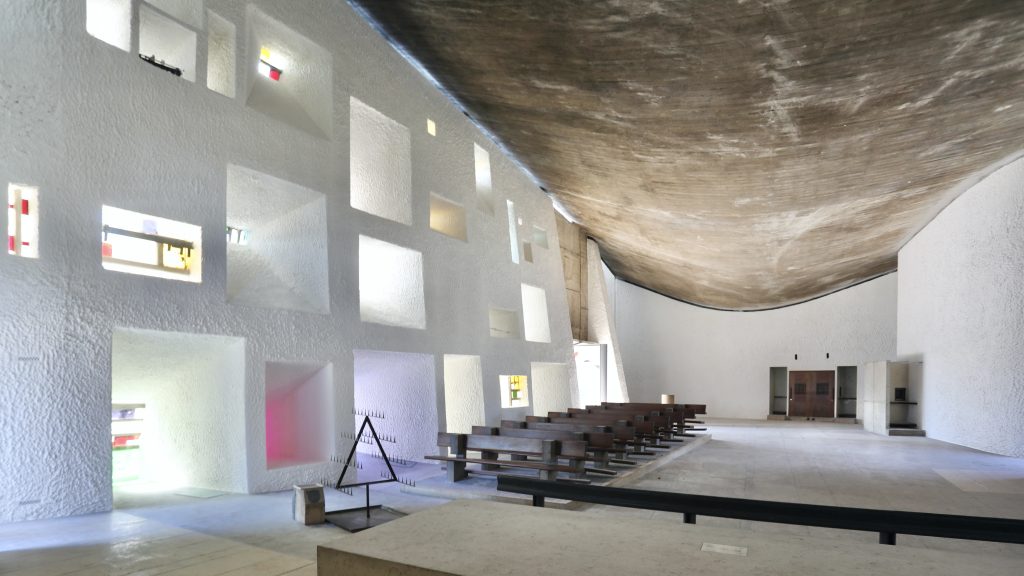
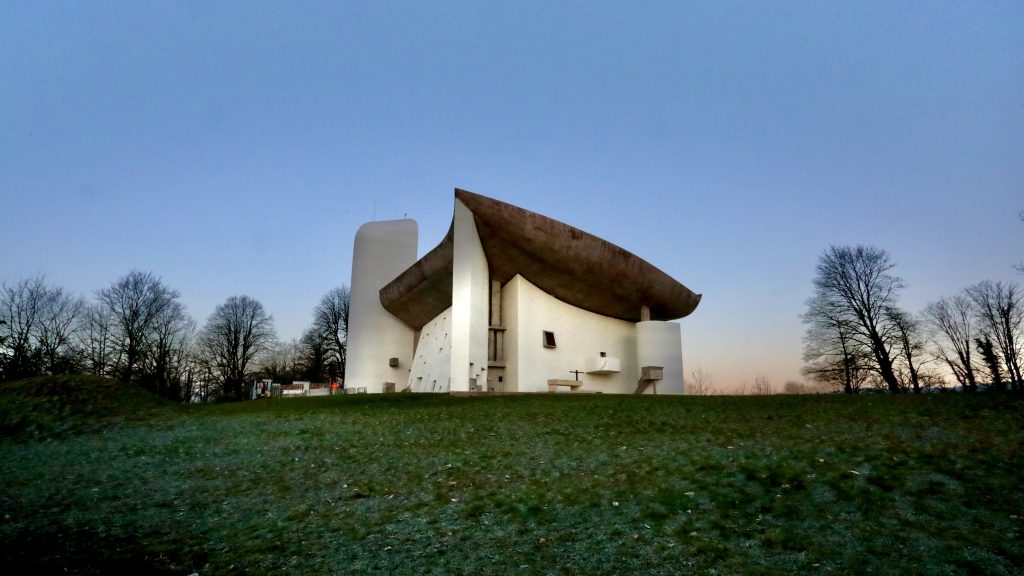
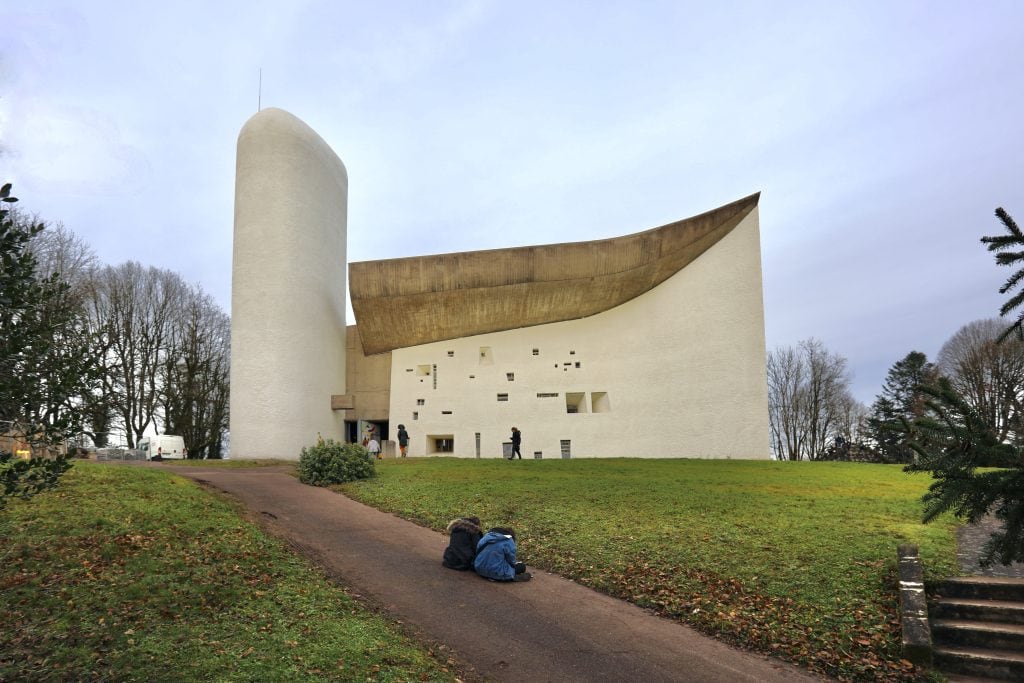
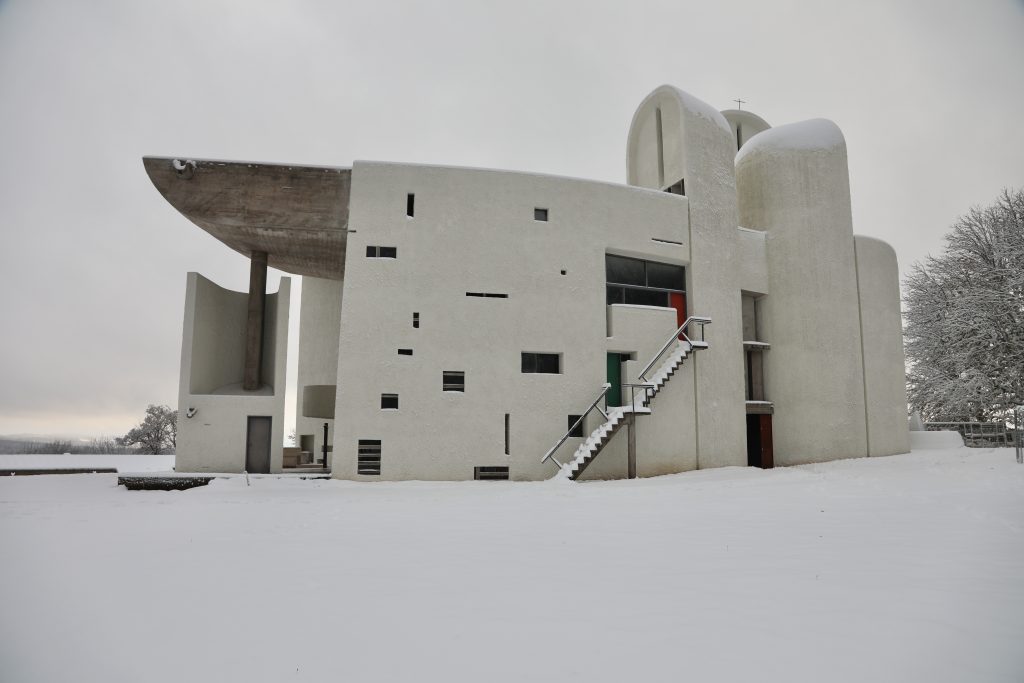
EXPLORER
the place
Discover the works on the Hill of Notre-Dame du Haut
Click on the areas to know more.
- Works by Le Corbusier
- Works by Jean Prouvé
- Works by Renzo Piano
- Outloooks on landscapes and horizons
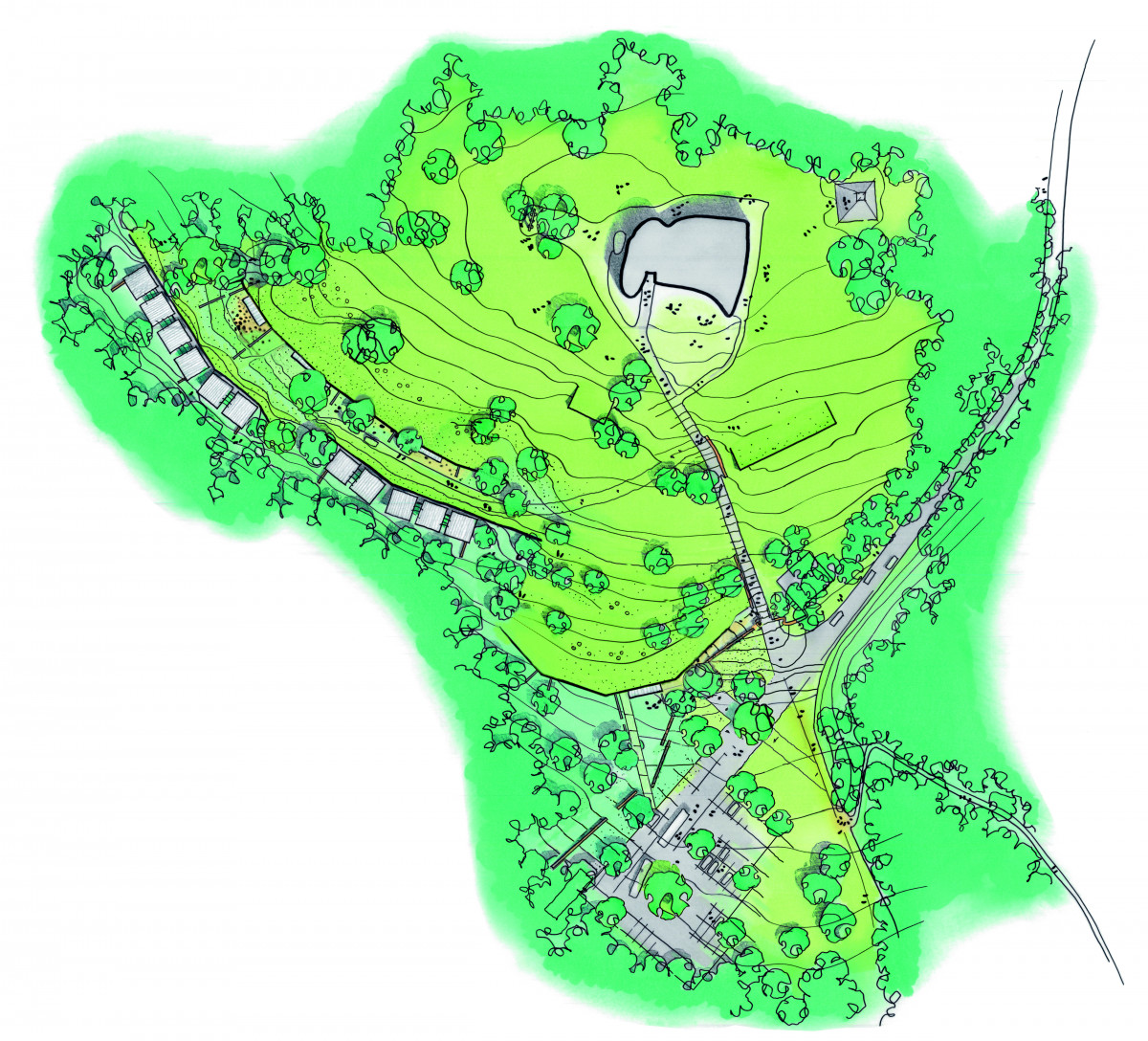
The pyramid of peace
It was commissioned by Ronchamp veterans who wish to commemorate their brothers in arms fallen on the hill in 1944. The stones of the old chapel were used for its construction. This pyramid, reminder of ancient architecture, serves also as a platform from which the faithful can follow the pilgrimage mass. Symbol of peace, the dove upon the small steel pillar was designed by André Maisonnier, Le Corbusier’s assistant responsible for the construction of the chapel.
Chapel Notre-Dame du Haut
The Chapel Notre-Dame du Haut, destroyed during the bombings of 1944, rebuilt by Le Corbusier and inaugurated in 1955. Jewel of Modern architecture, this chapel reinvents the traditional sacred space, giving up the cross plan, and in which light plays an important symbolic role.
The Gatehouse Notre-Dame du Haut
The Gatehouse is the visitors’ reception of the Colline Notre-Dame du Haut. This building is both a truly multipurpose place and a stopover before entering the site. It includes a ticket office and shop area, but also a resting area and a room for cultural activities (exhibitions, conferences, workshops).
The oratory
The oratory is the chapel where the sisters gather each day to pray. As in Notre-Dame du Haut, a vault which seems to be floating raises towards the choir to meet zenithal light.
The pilgrim's shelter
The pilgrim house was intended to house the workers building the chapel. It includes two large dormitories, a refectory, and a kitchen. After the inauguration of the chapel, pilgrims or other groups could sleep here for a few days.
The Chaplain's house
This house was originally built for the site caretaker, who never lived in it. Its name come from the chaplain – the priest appointed to the chapel – who lived in it.
The campanile
Le Corbusier didn’t want any bells for the chapel, but he imagined an electro-acoustic system which never saw the light of day. In 1975, after Le Corbusier’s death, Jean Prouvé created a steel arch carrying three bells.
Saint-Clare’s monastery
Saint Clare’s Monastery is half-buried in the hillside, invisible from Notre-Dame du Haut. It extends along two levels: the bedrooms downstairs, and the areas of community life upstairs (reception, library, workshops, kitchen, oratory). Large bay windows connect the nuns to nature and the outside world. Reinforced concrete is the material of choice to support the weight of the earth, but also to create a link with the work of Le Corbusier.
View Michel Corajoud gatehouse
South view
View Michel Corajoud Saint Clare’s Monastery
North view
NEWS
SHARE
YOUR BEST MEMORIES
Share your best memories via #collinenotredameduhaut

